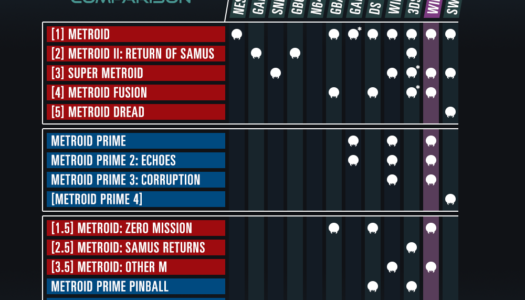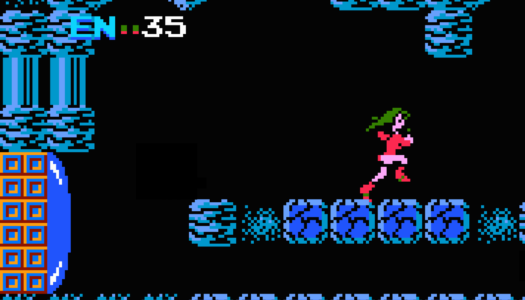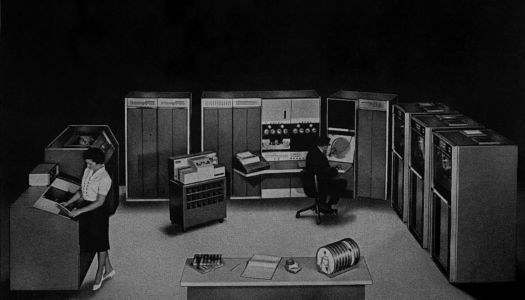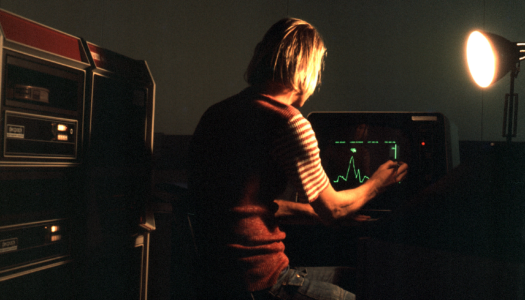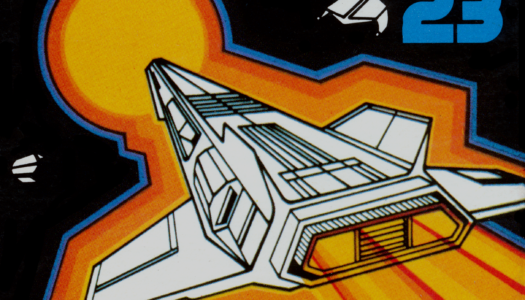Section 8: Prejudice

Publisher: TimeGate Studios / Developer: TimeGate Studios / Platform: XBLA
Section 8: Prejudice is the sequel to Section 8, a Tribes-esque first-person shooter from 2009 that suffered from an unfortunate release date (Guitar Hero 5 was released on the same day, and Batman: Arhkam Asylum and Halo 3: ODST came out a few weeks later) and didn’t really do much to set itself apart from the already-popular Halo and Call of Duty series. Prejudice still doesn’t do much to make itself an entirely unique experience, and came out a day after the new Mortal Kombat and Portal 2. However, the fact that it is now an XBLA title instead of a full retail release gives it some breathing room for competition.
While Prejudice borrows quite a few elements from games like Halo, Tribes and even a little Crysis, it doesn’t stop the game from being enjoyable in its own way. The main point of the game is to simply gain more points than the opposing team. The primary way to achieve this is to hold all four control points spread throughout the battlefield. What makes this different from, say, Battlefield, is the fact that when a player spawns he or she can be air-dropped anywhere on the map. This is circumvented through the use of anti-air turrets, which create a radius in which any opposing player that drops in is almost immediately blown to pieces in midair. This is used to keep a hold over control points, forcing players to drop in outside of the AA guns’ range and close in on foot.
Matches in Prejudice are much more than simply capturing a control point and building an AA gun on top of it. Each player is equipped with two weapons of their choosing and two gadgets (which can be anything ranging from explosives to knives to repair tools). Every weapon type is unlocked from the start, but each weapon can be given one modification that completely changes the way the weapon is used. For instance you could choose to have a shotgun that does less damage than the standard but slows down players when hit, or a sniper rifle that shoots explosive shells instead of armor-piercing bullets. These unlockable mods in addition to the plethora of gadgets to choose from really give players the ability to make each of their loadouts completely unique.
In addition to weapons and equipment, players are able to customize the way in which their armor works, which sort of gives an RPG spin on things. Each loadout is given 10 “attribute points” to spend on different aspects of your armor. These attributes are things like a pure damage bonus, improving accuracy, or even giving bonuses to the speed in which you repair yourself and others. This allows players to specialize what they would like to do even further, and makes it worthwhile to just stay behind and repair things rather than forcing everyone to run in guns blazing.
Players get points for doing just about anything in Prejudice. There’s the obvious “Kill”, “Assist” and “Capture Point” bonuses, but even the subtle actions get rewarded. Repair a friendly tank? Point bonus. Destroy an enemy turret? Point bonus. Destroy multiple enemy turrets? Bigger point bonus, in addition to the bonus for destroying each turret! These points awarded to players act as EXP to level up and unlock new things, but also act as currency for the current match which can be spent on turrets or vehicles to aid your team. The vehicles players can choose from are a hoverbike, mech suit and tank. The hoverbike is fast and incredibly fun to pilot, the mech suit can do a decent amount of damage to players but tends to have problems when faced with other vehicles, and the tank is a slow, armored powerhouse that allows a second player to hop inside and use the machine gun turret. Each of these vehicles are powerful and do a good job of scaring the crap out of enemy footsoldiers.
While Prejudice does offer a decently long singleplayer campaign, the main focus of the game is definitely multiplayer, which is split up into two modes: Conquest and Swarm. Conquest is the gametype I explained above, with large maps, four control points and up to 32 players. Swarm is more like Gears of War‘s Horde mode, forcing players to protect a single control point from oncoming waves of enemies. Each of these modes supports AI-controlled bots which helps to add padding to games that are low on players, however unfortunately if a match has less than four human players the game prevents stats from being recorded, meaning players cannot level up. While this isn’t a problem quite yet as I haven’t had any trouble finding a populated game since release, this leaves the lifespan of the game up to its community.
Section 8: Prejudice is an incredibly polished XBLA title that has all the work and looks of a retail game in a little $15 downloadable package. I found the multiplayer to be quite stable and always fun, and leveling up and tinkering with your loadouts never gets old. Adding the ability to rank up by yourself or with one or two friends would have made the game a little more enjoyable in my personal opinion, but overall I’d say any fans of team-based multiplayer shooters should give this one a try.











